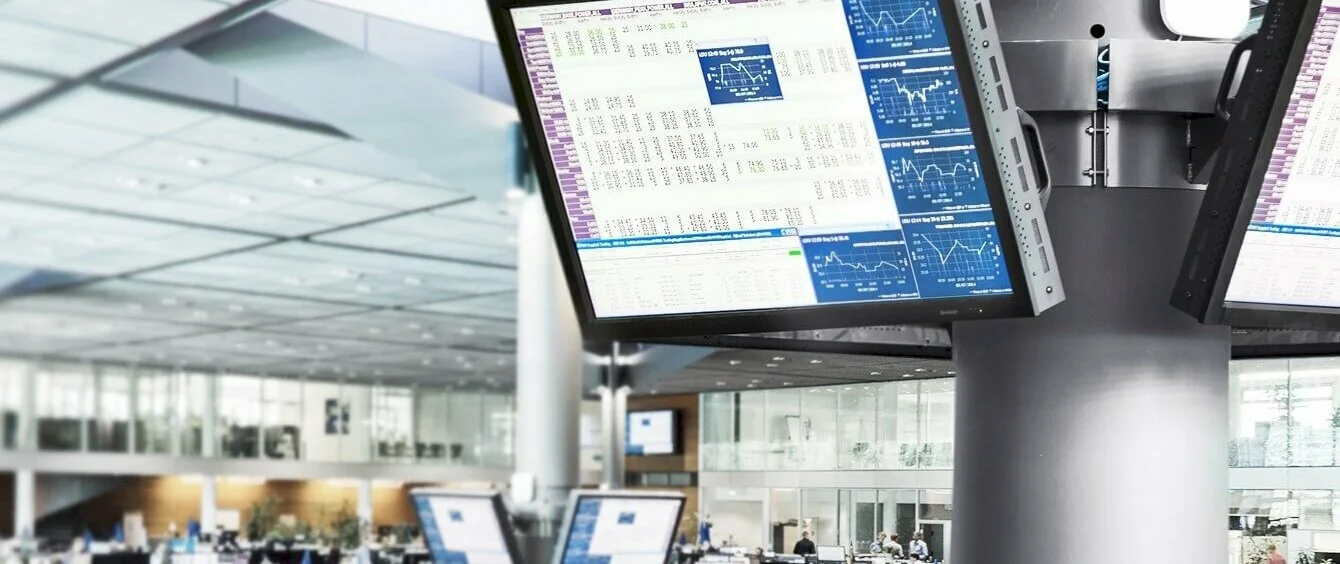In mid-April 2018, an EU certificate for the emission of one tonne of CO2 costs almost €14. What does that tell us? Three questions – three answers by en:former.
How much have CO2 prices risen?
Within nine months, the price has almost tripled. Since July 2017, prices have increased from around five euros per tonne of carbon dioxide to more than 13 euros.
What led to this increase in price?
The plans for the reform of the European Emissions Trading System (EU-ETS), finalised in February 2018, were defined in detail in the second half of 2017. In the negotiations between the EU Commission, the EU Parliament and the EU Council it was agreed that a smaller number of certificates would be placed on the market annually, starting from 2021. The yearly rate of reduction was raised from 1.74 to 2.2 per cent. Furthermore, a mechanism was created for deleting certificates from what is referred to as the ‘market stability reserve’, which is used to collect the surplus certificates from previous years. With this mechanism, these certificates will be permanently removed from the market. Both of these interventions result in lower supply on the market, and consequently the price has increased.
Is European emissions trading now functioning again as a result of the reform?
The EU-ETS has always worked. The fact that the politically desired price level was not reached prior to the reform was not due to any dysfunctionality of the EU-ETS. The reason for the low prices was the development of supply and demand. On the one hand, supply was increased by the eligibility of certificates from international climate protection projects. On the other hand, owing to the financial and economic crisis, demand had tapered off since 2009, in part also due to the expansion of renewables. Up to mid-2017, both of these effects led to the lower prices seen in the EU-ETS. The recent reform is influencing this market and is generating an increase in prices by reducing supply. However, the system itself has always functioned in the interests of European climate protection goals.
